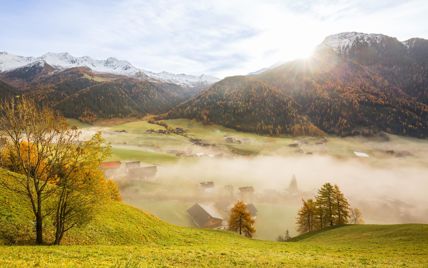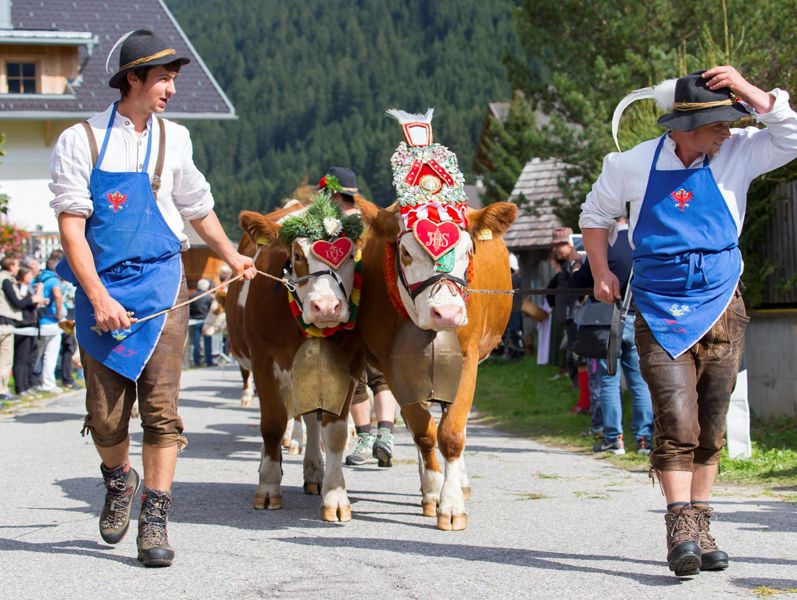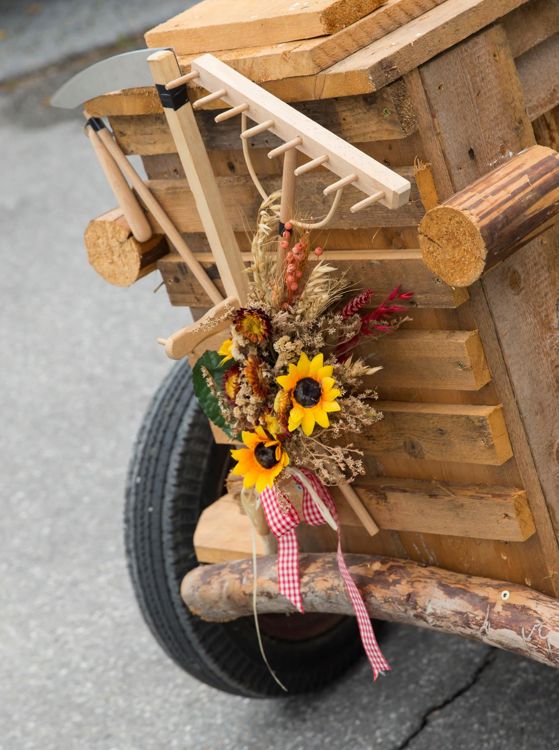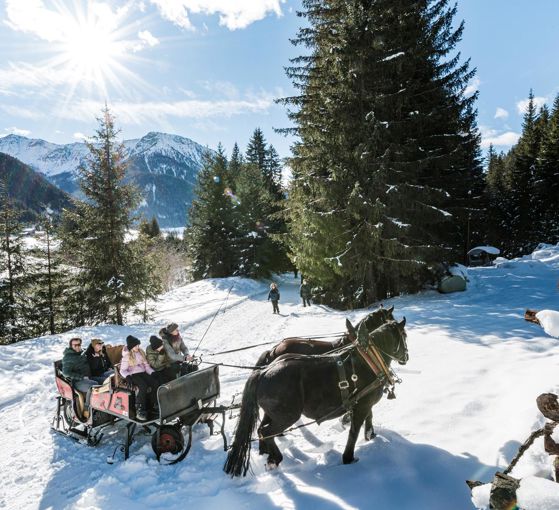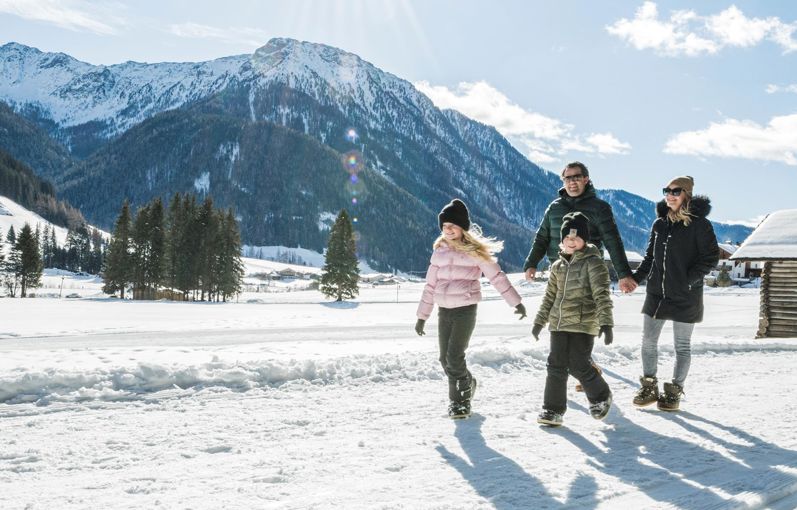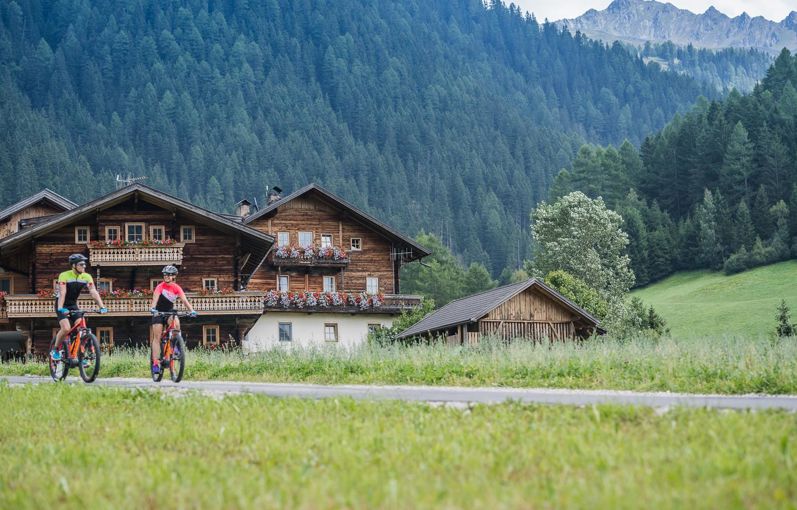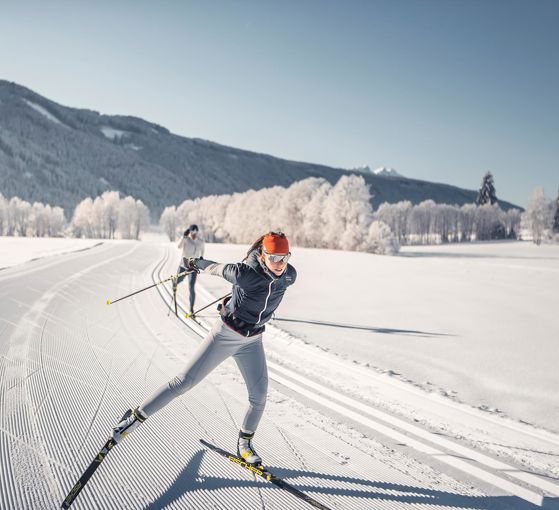Autumn Time
Nature in autumn is truly reminiscent of a fairytale landscape
Let yourself be enchanted by this bright yellow scenery
Authentic nature experience near the Dolomites. Countless hiking trails, idyllic alpine pastures and exciting bike routes. Our Dolomites Panorama Region Val Casies Valley-Monguelfo-Tesido invites young and old to various activities.
In Monguelfo/Welsberg, leisurely walks and a stroll through the shops entice you. The Val di Casies/Gsiesertal valley and Tesido/Taisten offer varied alpine pasture hikes and mountain tours. The temperatures in autumn are ideal for all activities and the beautiful views are a true spectacle. Of course, restaurants and alpine huts are waiting for tired and hungry hikers.
We also have a varied guided Active Programme for you in autumn.



